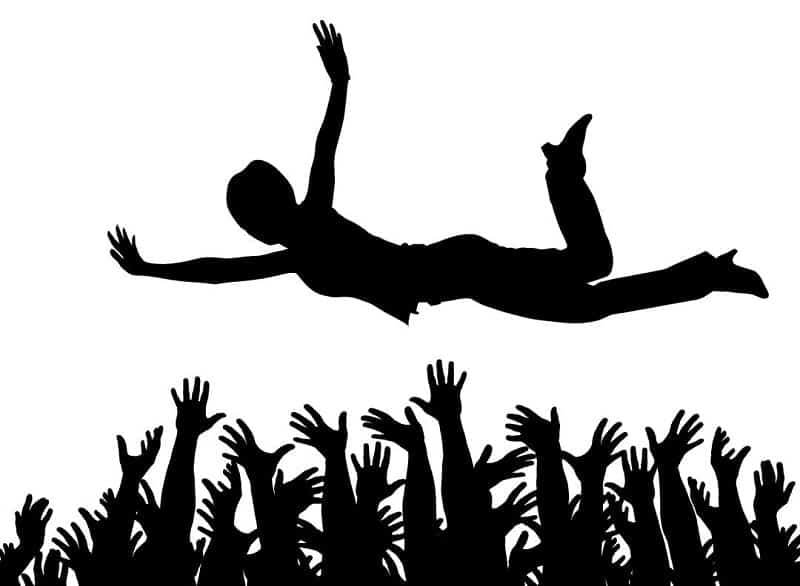“…by establishing a physician-authorized standing order that allows our pharmacies to dispense naloxone to patients without an individual prescription, we strengthen our commitment to helping the communities we serve begin to address the challenge of prescription drug abuse.” ~Tom Davis, Vice-President of Pharmacy Professional Practices at CVS Pharmacy More than 47,000 Americans die from unintentional drug overdoses every year in the United States and the majority of those deaths are from opioids, including prescription pain medications and illicit street heroin. The average time from the initiation of opioid use to fatal overdose is just 31 months. Obviously, something must be done to halt such a catastrophic and tragic loss of life –
- Education and prevention programs
- Better prescribing practices and patient monitoring
- Needle exchanges
- Drug Take-Back programs
- Drug rehabilitation
- Opioid-Replacement Therapy (ORT)
While these efforts work in concert to help opioid addicts and head off new cases, what is the answer on the front lines? What can be done when someone is actually overdosing on opioids? Enter the life-saving anti-overdose drug Naloxone.
Everything You Need to Know about Naloxone
“It is a painful, uncomfortable process to have an overdose reversed, so it’s not an experience people will want to endure repeatedly. If we can keep people alive, it gives them an opportunity for recovery.” ~Elisha Figueroa, Director of the Idaho Office of Drug Policy Naloxone is an extremely-effective and safe emergency antidote to opioid overdoses. It counteracts the effects of opioids like hydrocodone, fentanyl, and heroin, and has no affect if opioids are not present. Naloxone works by reversing the effects of an opioid overdose on the respiratory and central nervous systems. If it is administered correctly when someone is overdosing, it allows them to once again breathe normally within 3-5 minutes. When given in time, it is an overdose victim’s BEST – sometimes ONLY – chance of survival. Originally, Naloxone was approved for use in 1971, but it was primarily used only in hospital emergency rooms. However, in 1998, the Chicago Recovery Alliance starting giving out Naloxone free of charge to drug addicts and their families. Since that time, both availability and use has spread out across the country – to more emergency rooms, to pharmacies, to first responders, to police departments, to rehab facilities, and, increasingly, to the general public.
How Is Naloxone Becoming More Available?
“Opioid overdoses is a medical emergency. Getting Naloxone in the hands of people who are on the scene of an overdose increases the chance that the person who has overdose will survive.” ~Dr. T. Stephen Jones Now, there are 644 Naloxone programs offered in 30 US states, according to the Harm Reduction Coalition. Between 1996 and mid-2014:
- Training and Naloxone kits were given to 152,283 “laypersons”
- There were 26,463 overdose reversals performed by laypersons.
- Over 80% of those reversals were performed by other drug users.
This only makes sense. Eliza Wheeler, who is the Program Manager for the Harm Reduction Coalition’s overdose prevention and education programs in San Francisco, said, “Drug users are the primary witnesses to drug overdoses. This was about putting the effective tool into people’s hands.” Many communities around the country have their own overdose prevention programs, both for professionals and nonprofessionals alike. More than half of all US states have enacted ”standing orders” – allowing people to procure Naloxone without ever actually meeting the doctor who “officially” prescribed it. This means that people who are close to an opioid abuser – family members or friends – could receive Naloxone and have it on hand in the event their loved one overdosed. For example, Pennsylvania’s Physician General, Doctor Rachel Levine, said, “We want to make certain that all pharmacists and medical professionals are aware that Pennsylvania’s standing order means ANYONE can obtain this life-saving medication… We will continue to ensure that all Pennsylvanians understand the terms of this standing order, so that more lives can be saved.” In some states – like Idaho – state law allows pharmacists, not just physicians, to prescribe Naloxone. This is extremely convenient, because drug stores are usually open for many more hours than doctors’ offices – evenings, weekends, and even holidays.
Reversing an Overdose Does Not Mean the Danger Has Passed
There are two schools of thought about what an opioid addict does when they overdose and have to be revived with Naloxone. One school of thought says that the unpleasant shock of the overdose can be a “wake-up call”, and, having survived one close, near-death experience, the addict will seek treatment. Another, more pessimistic school of thought says that having a safety net will allow some opioid abusers to engage in even riskier behaviors, because they know that they can be revived. Both views are correct, at least to a degree. Even the possibility of needing Naloxone should be a huge red flag for an opioid abuser and their loved ones. Overdosing – or even potentially overdosing – should be a clear signal that professional addiction services should be sought. If you love someone who is misusing prescription opioid painkillers or illicit street heroin, it is absolutely critical that you support them and encourage them to seek the professional opioid addiction recovery help they need to overcome their problem with opioid abuse.

